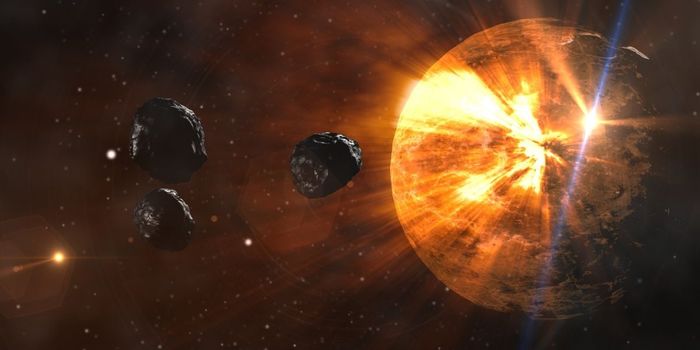The aftermath of a nuclear disaster is beyond frightening. A Google search the Chernobyl disaster or the Fukushima disaster brings up horrific images of mutated plants and animals. While some of the photos may have been doctored, the effects of nuclear radiation are unequivocally real and dangerous.
We are exposed to radiation from natural sources every day, all the time. These contribute to a "background" radiation dose of about 3 millisieverts (mSv) per year (mSv is a measure of the body's absorption of radiation). A dental X-ray has a low radiation dose of 0.005 mSv, whereas a chest X-ray has about 7 mSv. In contrast, the mean dose of radiation exposure in the thyroids of Chernobyl evacuees was 490 mSv.
This is so scary because ionizing radiation can damage the DNA, and more radiation means more mutations. Our cells are pretty good at fixing mistakes, but not when they're overwhelmed by the frequency of the mistakes. When this happen, cells lose their ability to regulate division and growth, which manifests into the strange mutations that are often observed in areas of high radiation. In addition, radiation also significantly increases cancer incidences, which may not be apparent until years after the exposure.








